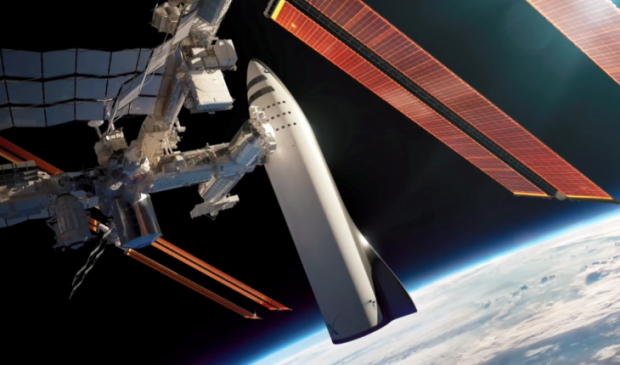
Breaking News
 Battleborn Batteries Responds! Their Overheating Device is a "Feature" not a "Problem
Battleborn Batteries Responds! Their Overheating Device is a "Feature" not a "Problem
 Actor Liam Neeson Outs Himself as MAHA After Narrating Pro-RFK Jr. Documentary Slamming...
Actor Liam Neeson Outs Himself as MAHA After Narrating Pro-RFK Jr. Documentary Slamming...
 Kyle Rittenhouse announced on social media Wednesday that he has tied the knot.
Kyle Rittenhouse announced on social media Wednesday that he has tied the knot.
 JUST IN: President Trump Grants Tina Peters Pardon
JUST IN: President Trump Grants Tina Peters Pardon
Top Tech News
 Build a Greenhouse HEATER that Lasts 10-15 DAYS!
Build a Greenhouse HEATER that Lasts 10-15 DAYS!
 Look at the genius idea he came up with using this tank that nobody wanted
Look at the genius idea he came up with using this tank that nobody wanted
 Latest Comet 3I Atlas Anomolies Like the Impossible 600,000 Mile Long Sunward Tail
Latest Comet 3I Atlas Anomolies Like the Impossible 600,000 Mile Long Sunward Tail
 Tesla Just Opened Its Biggest Supercharger Station Ever--And It's Powered By Solar And Batteries
Tesla Just Opened Its Biggest Supercharger Station Ever--And It's Powered By Solar And Batteries
 Your body already knows how to regrow limbs. We just haven't figured out how to turn it on yet.
Your body already knows how to regrow limbs. We just haven't figured out how to turn it on yet.
 We've wiretapped the gut-brain hotline to decode signals driving disease
We've wiretapped the gut-brain hotline to decode signals driving disease
 3D-printable concrete alternative hardens in three days, not four weeks
3D-printable concrete alternative hardens in three days, not four weeks
 Could satellite-beaming planes and airships make SpaceX's Starlink obsolete?
Could satellite-beaming planes and airships make SpaceX's Starlink obsolete?
Fifty SpaceX Falcon BFR could technically enable sustainable orbital colonies for...

In the 1970s, Princeton physicist Gerard O'Neill led two Stanford/NASA Ames Research Center summer studies that supported the feasibility of kilometer-scale orbital cities. These studies assumed that the NASA space shuttle would operate as expected, a flight every week or two, $500/lb. to orbit, and one failure per 100,000 flights. The studies also assumed that a more efficient follow-on heavy-lift launcher would be developed.
Now the SpaceX BFR being developed over the next 5 years or so could deliver low-cost launch that did not happen with the Space Shuttle. The SpaceX Falcon Heavy with reusable first stages could achieve the $500 per pound to orbit target. A fully reusable SpaceX BFR should be able to get well below $500 per pound. SpaceX BFR has a target of $5 to 10 million per launch of 150 tons. A cost of $30 million per launch would enable $100 per pound. SpaceX BFR plans more redundant engines to improve the safety and reliabilty.

 First totally synthetic human brain model has been realized
First totally synthetic human brain model has been realized Mach-23 potato gun to shoot satellites into space
Mach-23 potato gun to shoot satellites into space

